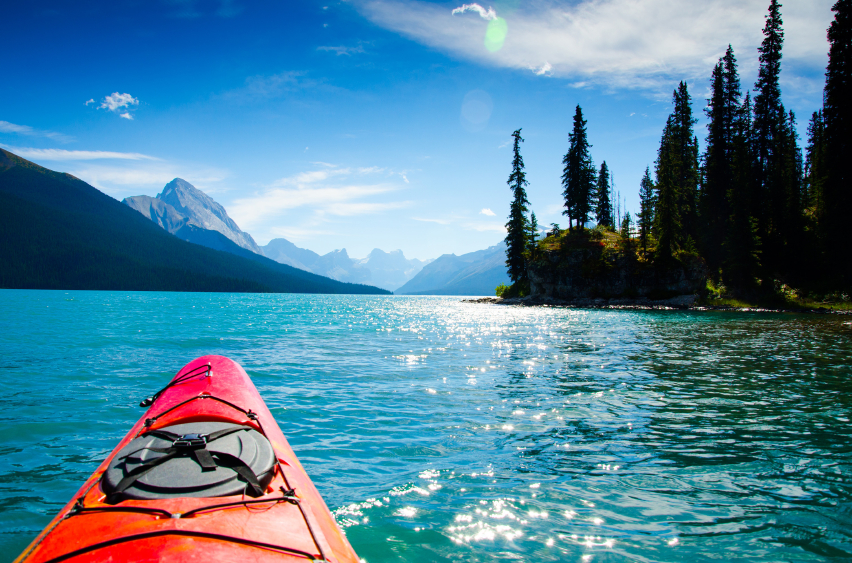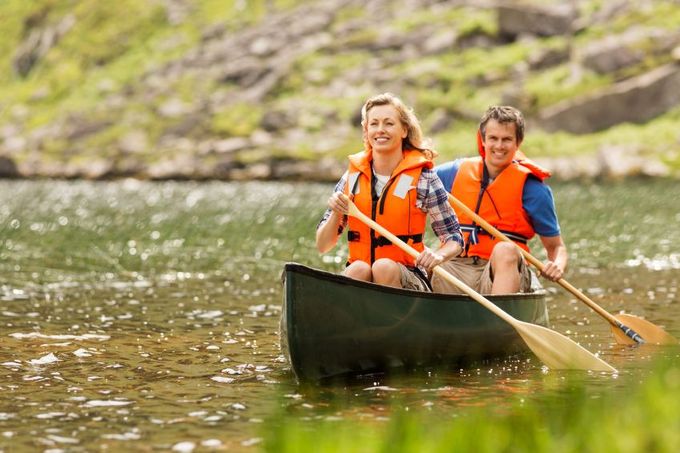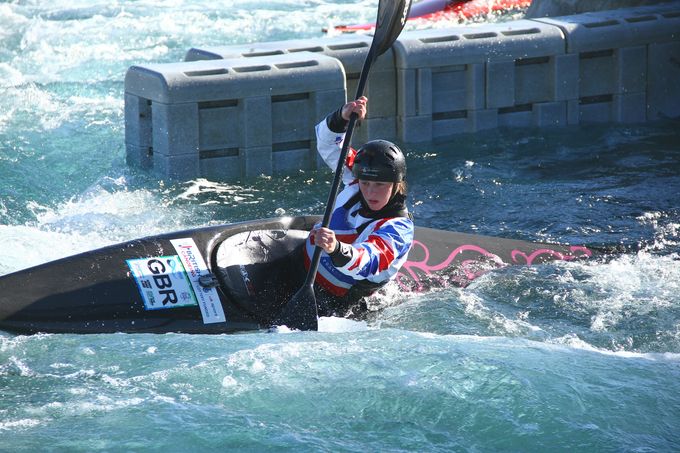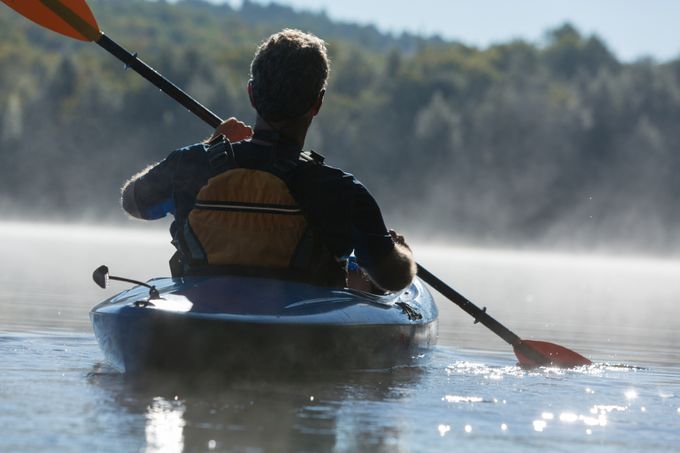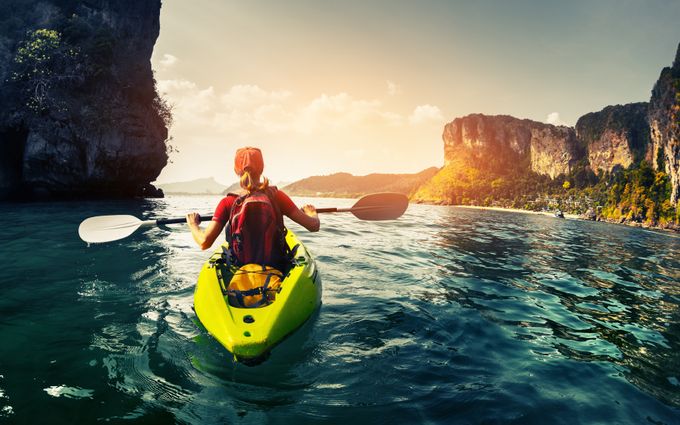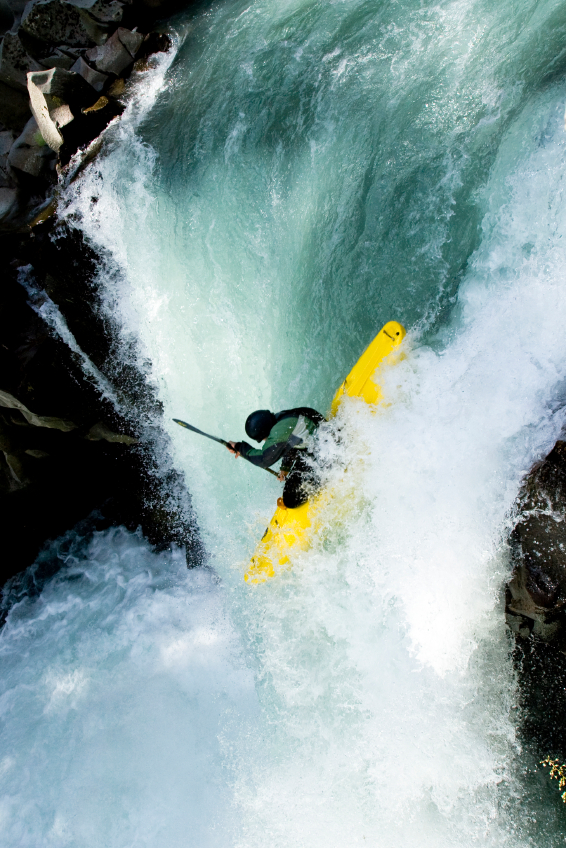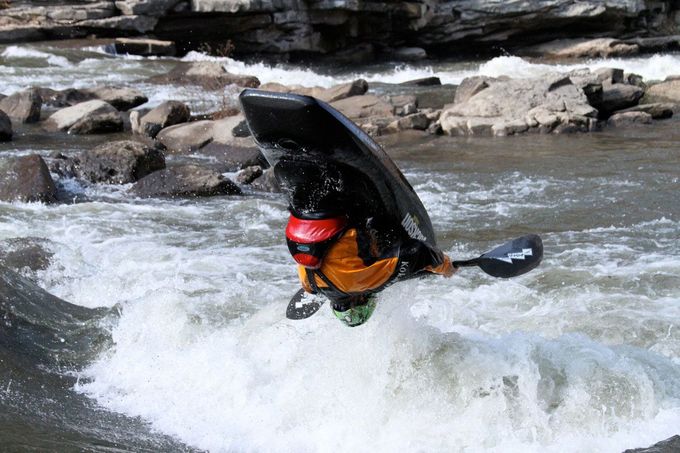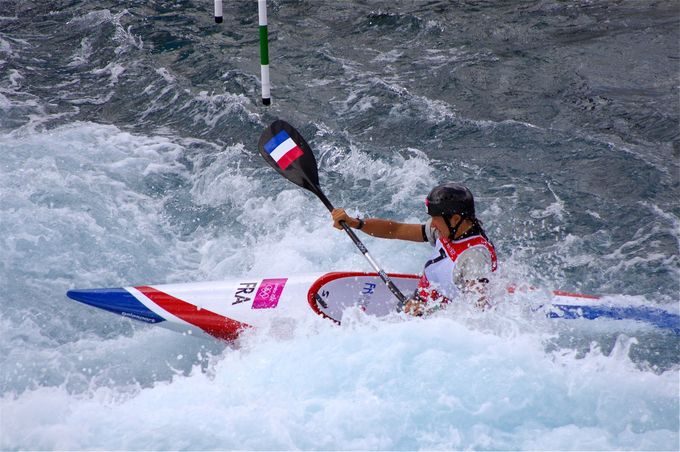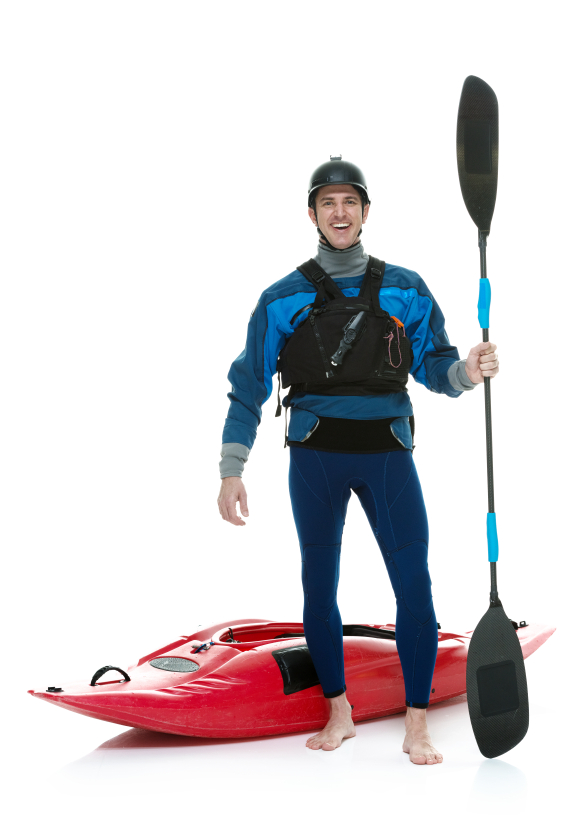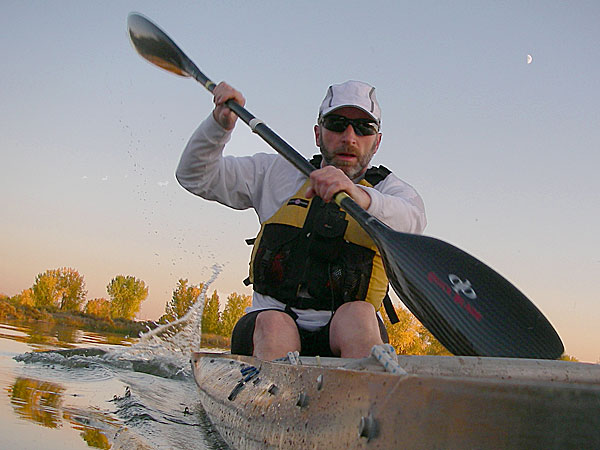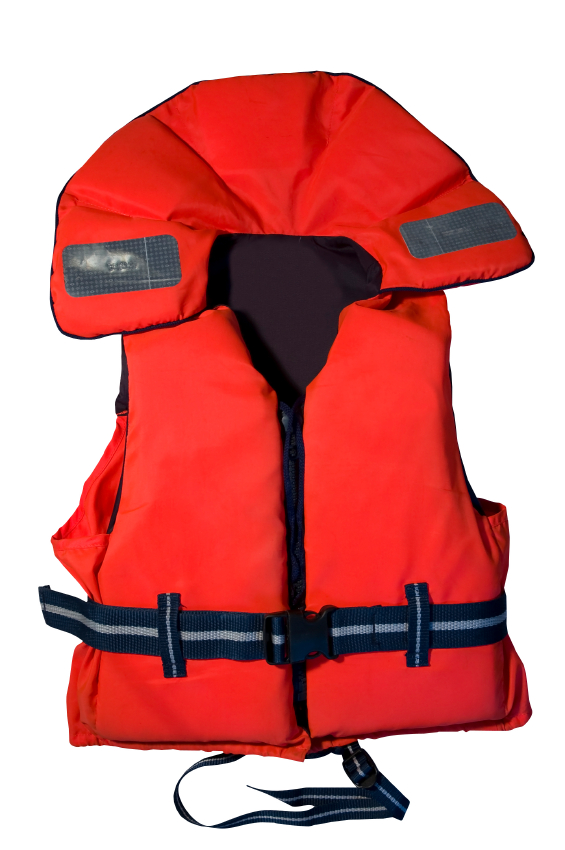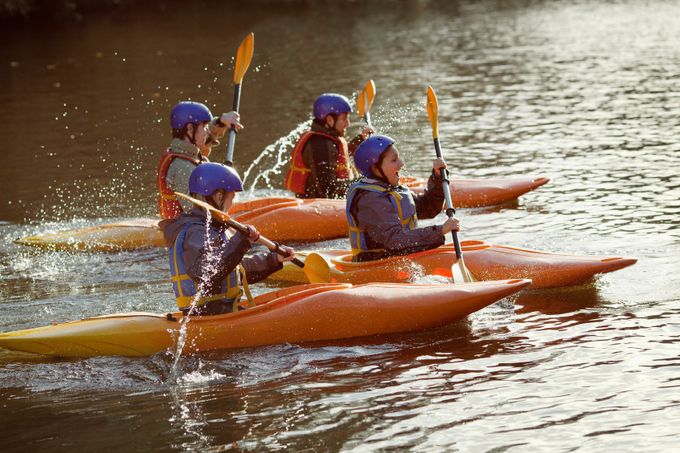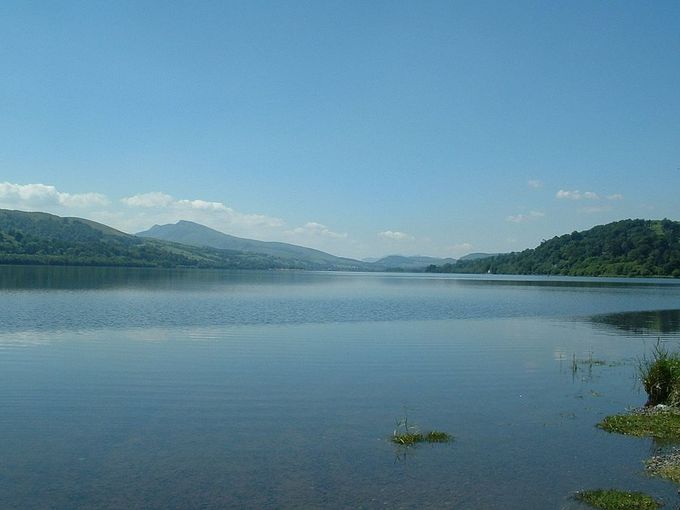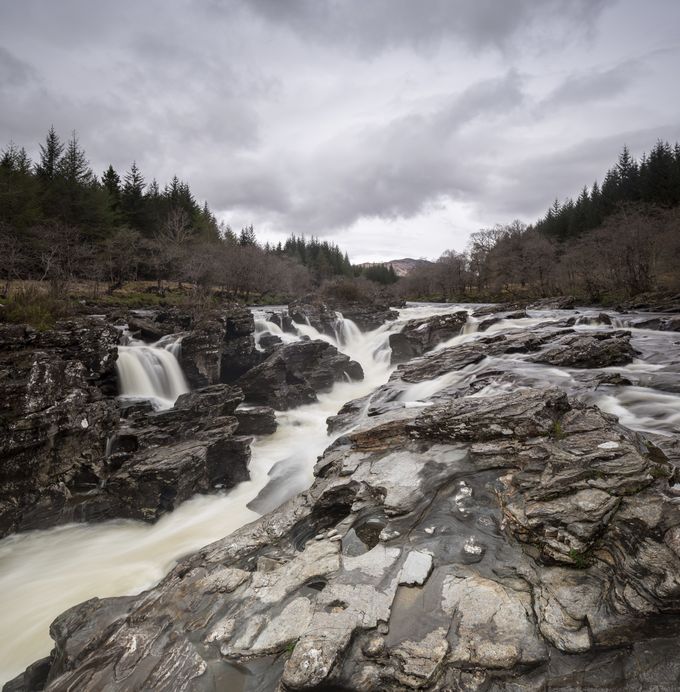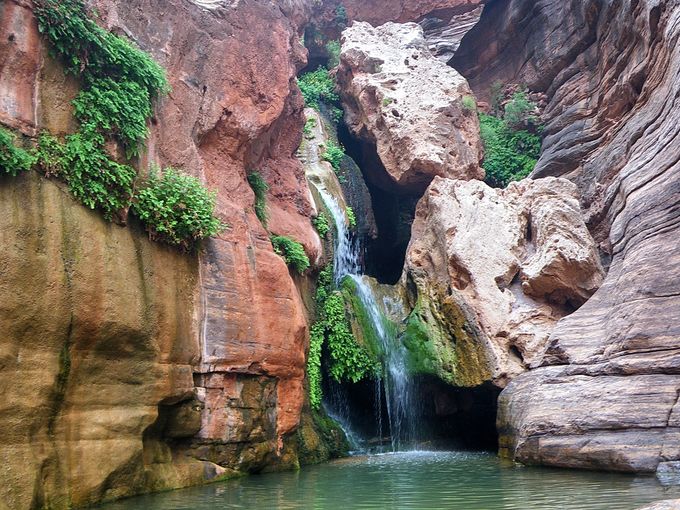Kayaking is one of the biggest rushes you can have on the water, letting you play in lakes, river rapids, waterfalls and even the sea. It’s also a great way to get up close to nature and check out the world around you from a brand new point of view, paddling silently through remote areas that most people will never get to visit.
With such a variety of fun on offer it’s no wonder that kayaking is so popular with thousands of fans all over the world. If you want to get stuck in to then take a gander at Mpora’s beginner guide to kayaking to learn the basics of this amazing water sport.
What’s The history Of Kayaking And What Does The Word Kayak Mean?
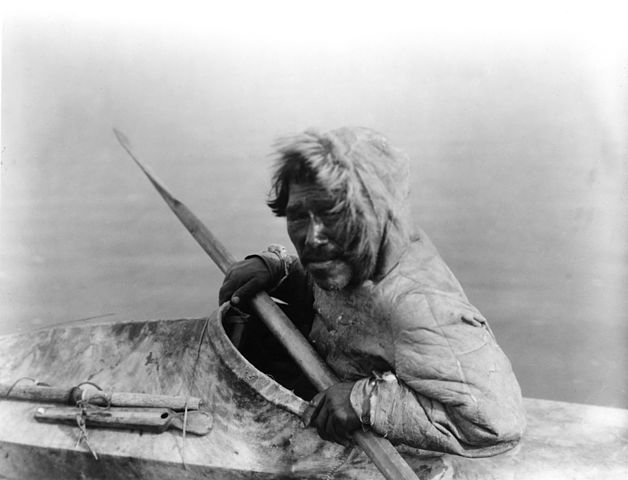
The history of kayaking is an interesting one – the word means “hunter’s boat” and these trusty little vessels were first invented thousands of years ago by the Inuit, who used them to catch food by sneaking up on their prey from the water’s edge.
Back in the day kayaks were made from lumps of drift wood or whale bone wrapped up in animal skins but the 1950s saw the introduction of fibre glass boats and today most kayaks are made from tough wearing polyethylene plastic.
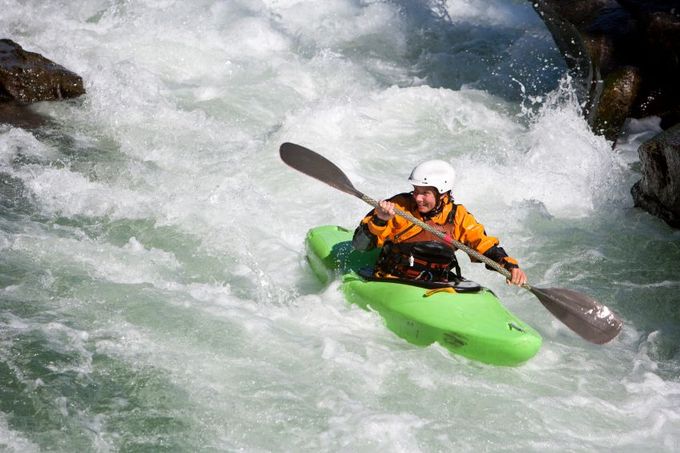
The most common type of kayak you’re likely to see is a traditional, closed cockpit model where the paddler sits inside the boat and is sealed in using a flexible spray deck. Kayak technology design has come on quite a bit over the last few millennia and now you can also get inflatable boats, tandem kayaks so you can paddle with a buddy or two and sit on models where you perch in a little dip on top of the kayak.

